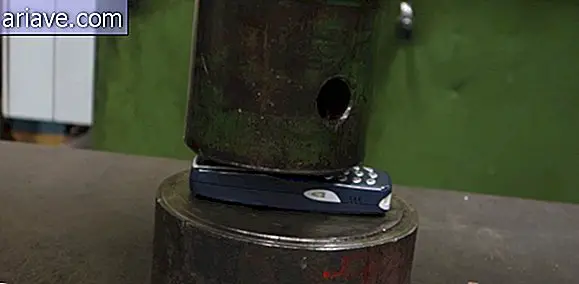Stem Cell Transplant Improves Learning and Memory
Stem cells were transformed into memory and learning-related nerve cells for the first time in science. At least that's what neuroscience professor Su-Chun Zhang says, who is also the author of a study that evaluates human stem cell transplants in mice.
According to the research findings, stem cells help cure neurological diseases. Once inside the brain of rats, they formed two common and vital types of neurons specific to human behavior, related to emotions, memory, learning, addictions, and many other psychiatric issues.
Tests

The experiment was possible because the mice received treatment and therefore did not reject transplanted human cells. After the procedure, the animals were significantly better in learning and memory tests.
The cells have been inserted into the hippocampus - the main memory center - and once in the mice brain they have already begun to connect in response to brain chemical directions. Zhang explained in an interview with the University of Wisconsin-Madison News portal that the process is similar to removing telephone cables and that once the right path is found, the right connections can be made.
Comments

The researcher also explains that this study allowed scientists to observe how the transplanted material reacts to prevent the formation of cancer cells in mice. Part of the process was to ensure that all transplanted cellular structures would become neural, which, according to Zhang, means that science will be able to use the same procedure in future in other types of therapy.
Brain repair through cell transplantation is a big step in the scientific field. In the case of this mouse research, cholinergic neurons involved in diseases such as Alzheimer's and Down's Syndrome were stimulated, as well as GABA neurons related to disorders such as schizophrenia, epilepsy, depression and chemical dependence.











